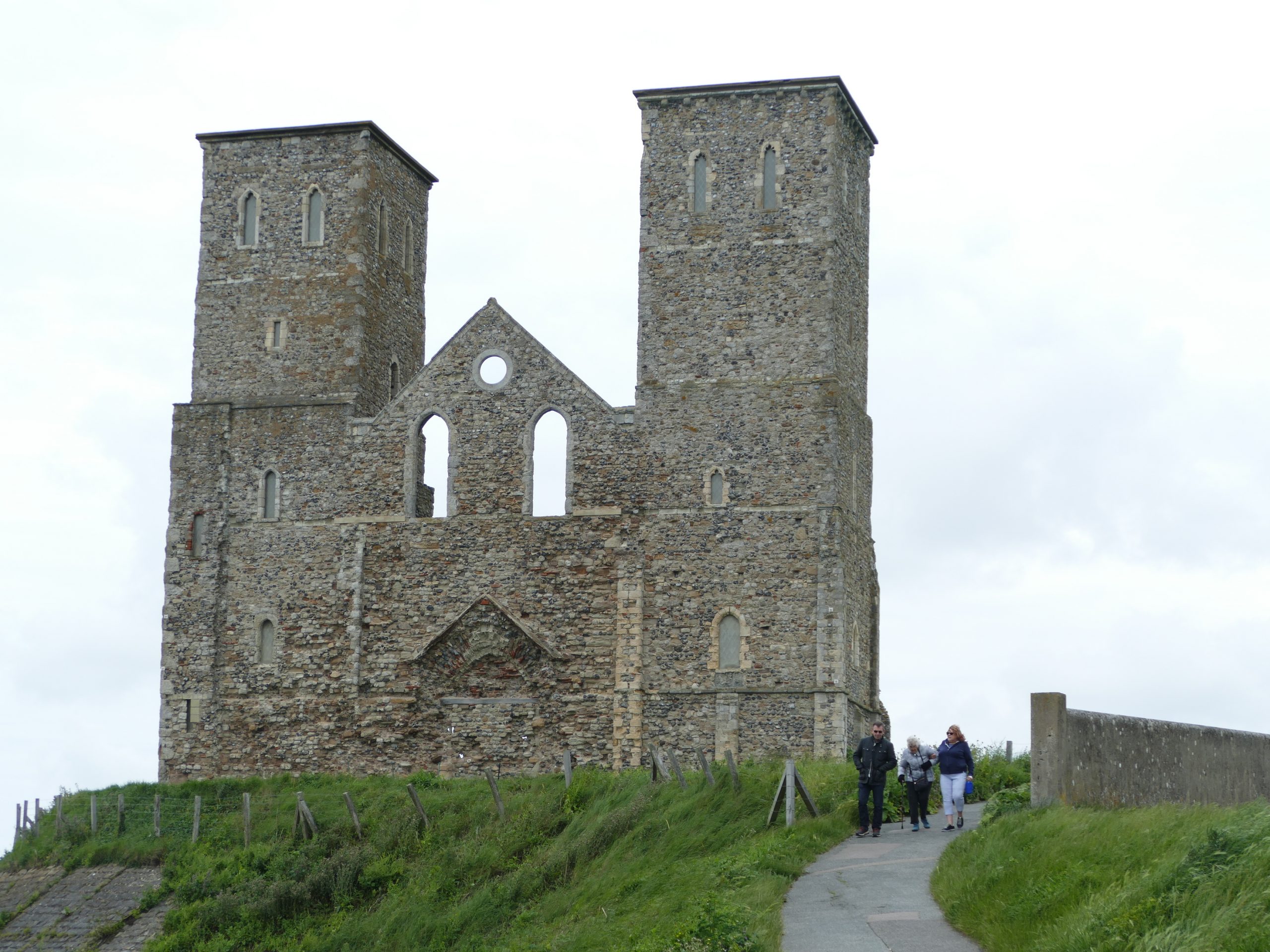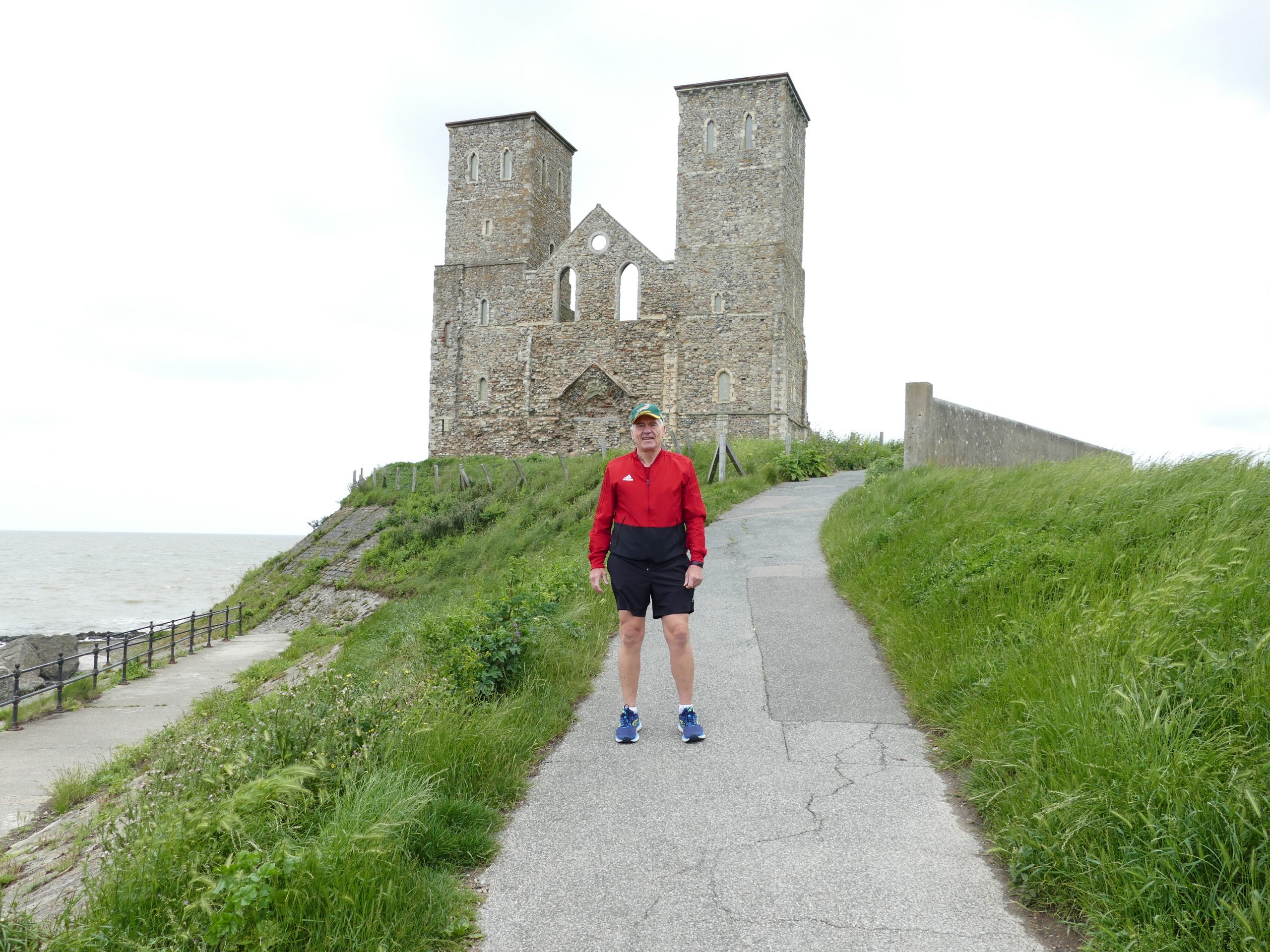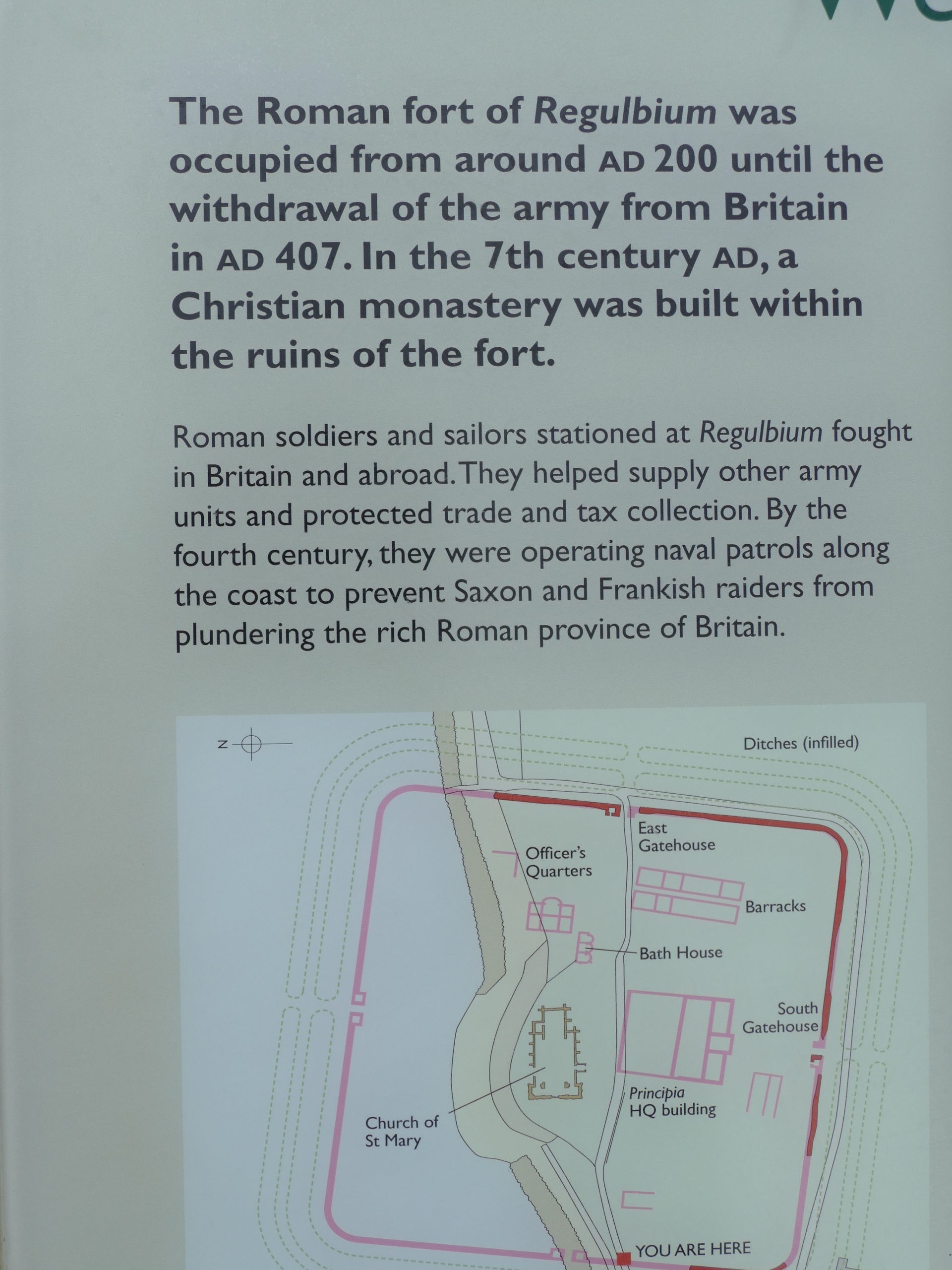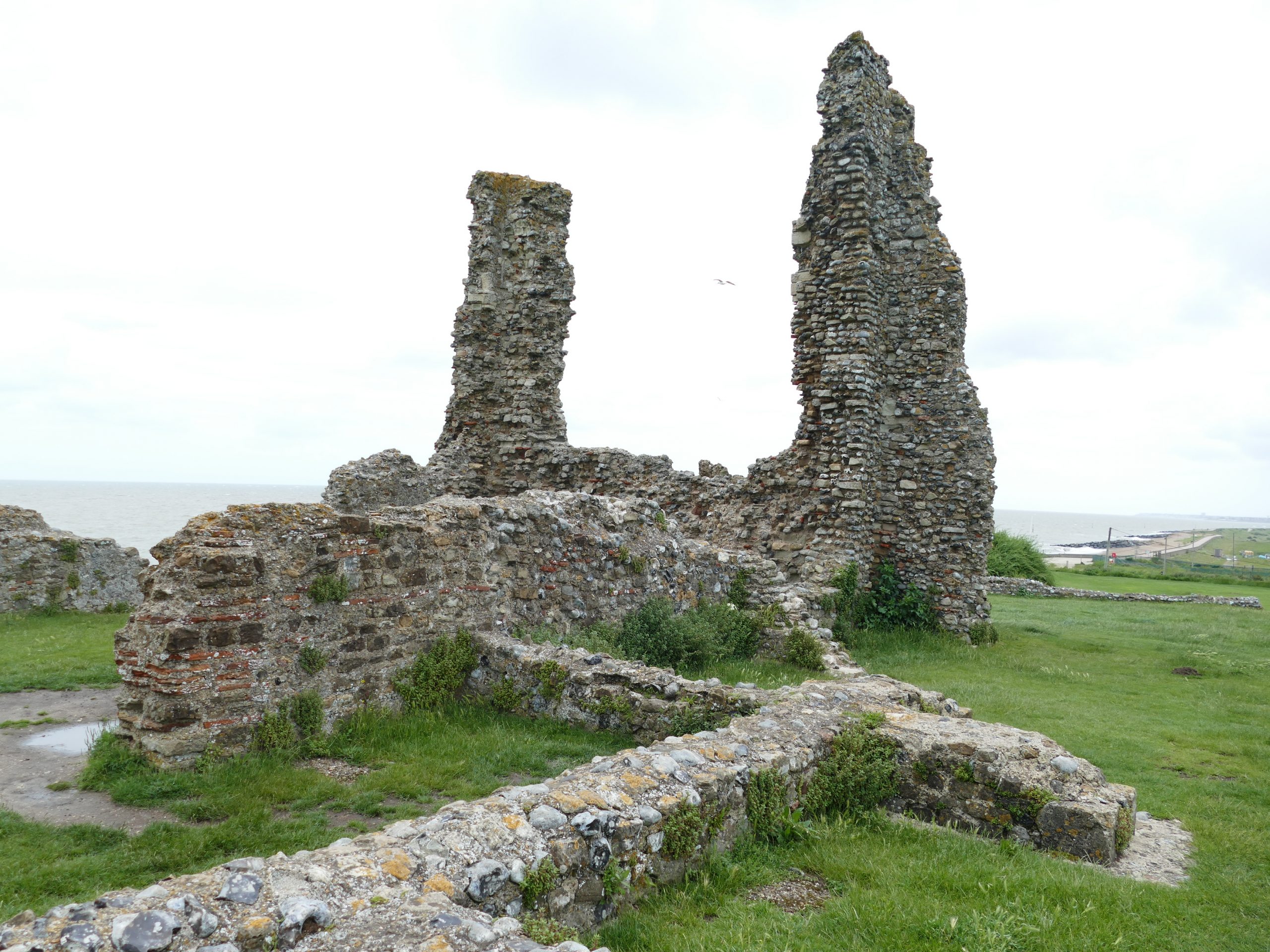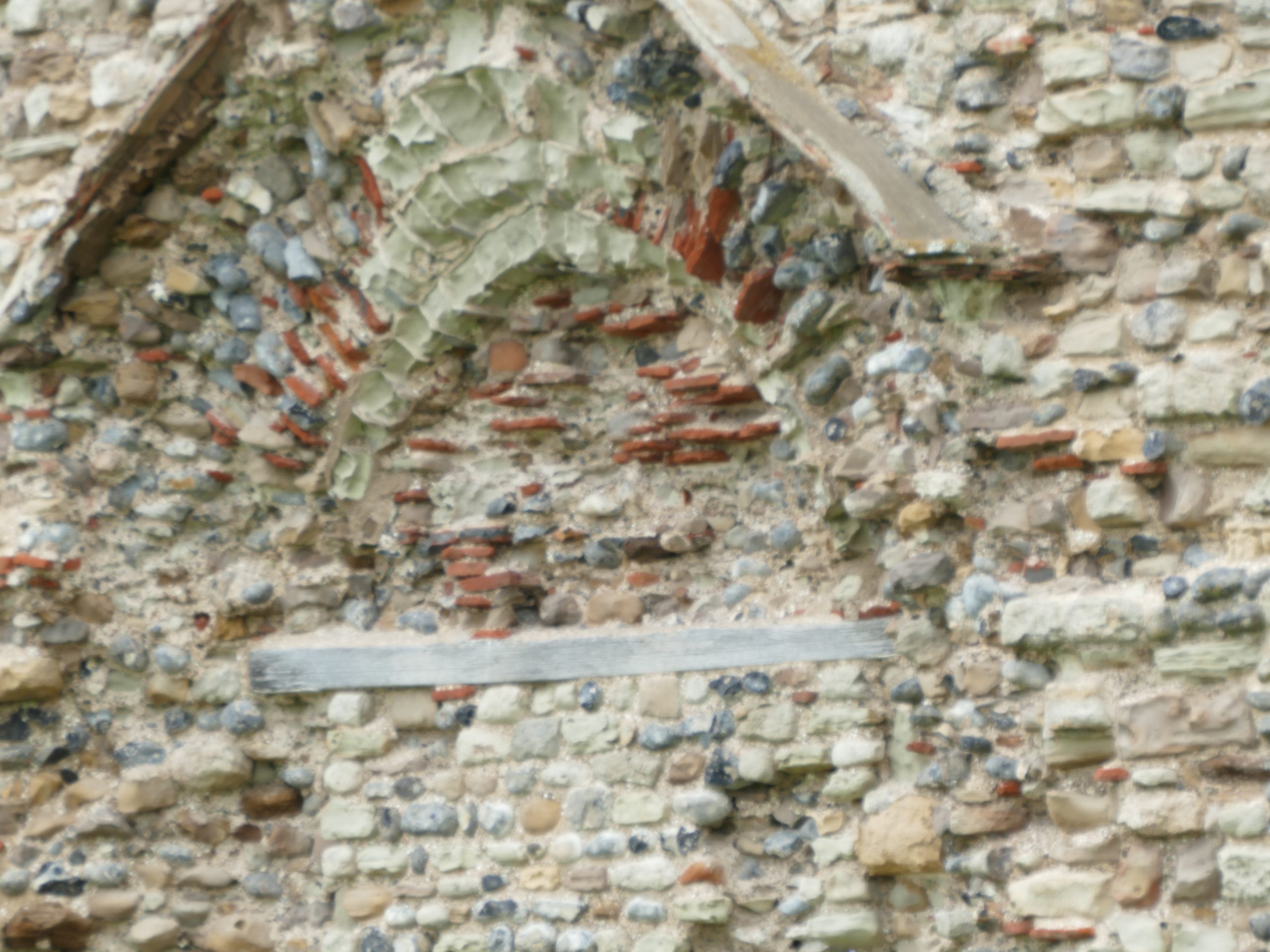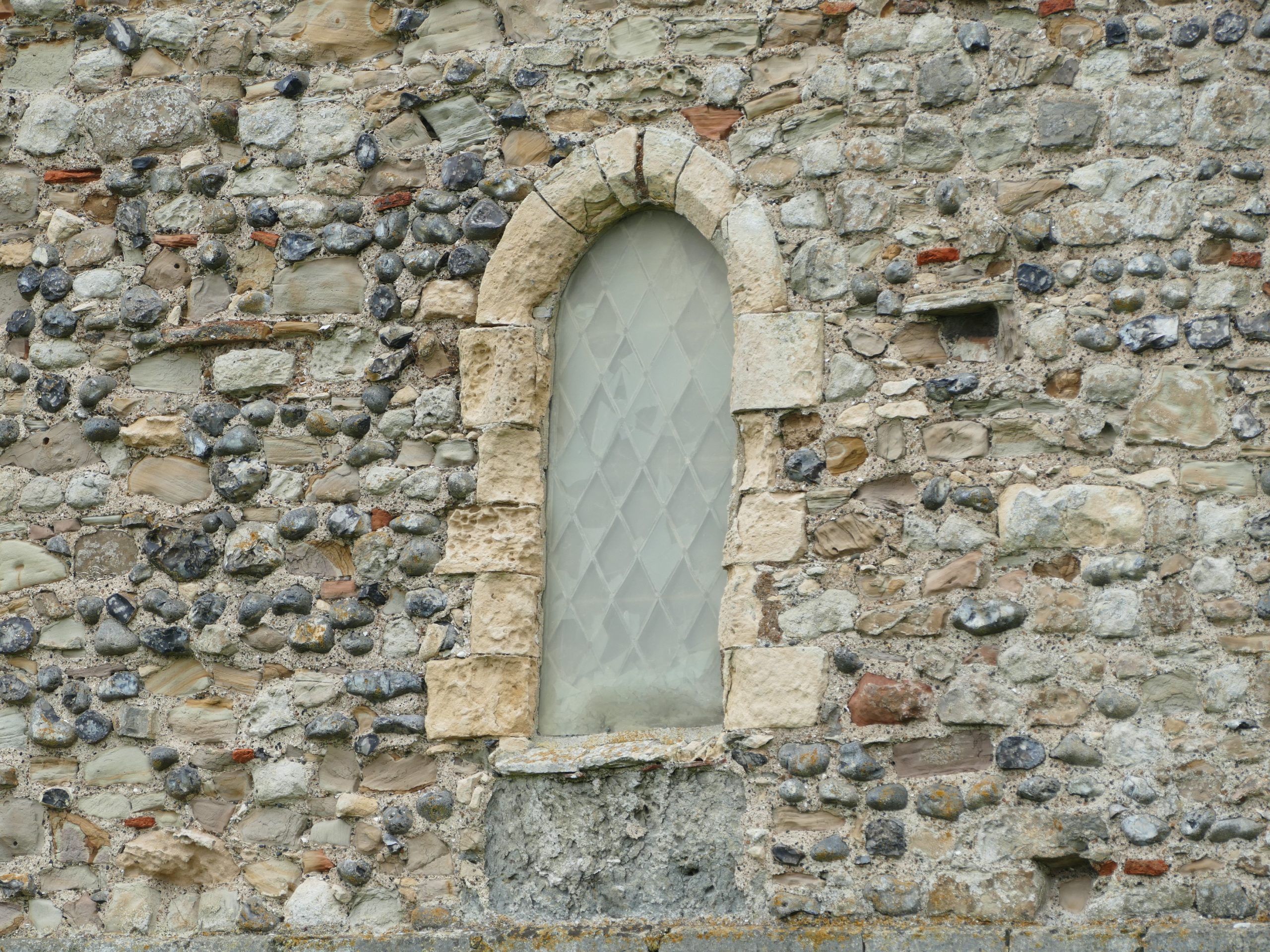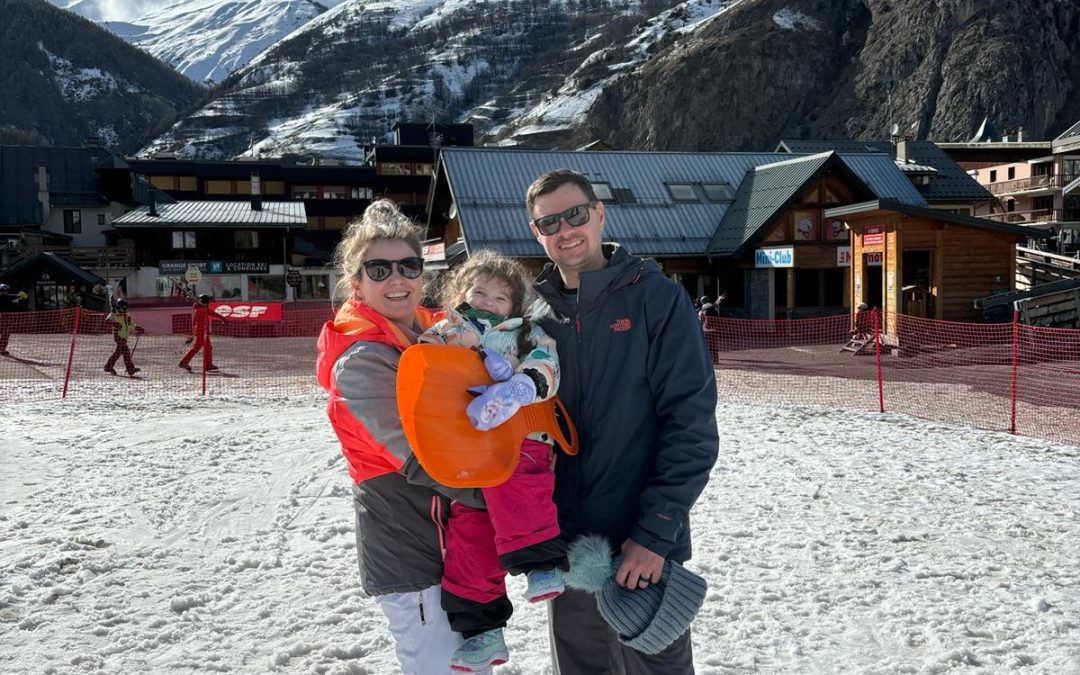By Pieter de Lange
We have often gone to Herne Bay for a walk or a swim, but this time, on a lovely spring day, we ventured further along the coast when we noticed two distinct coastal towers in the distance. On closer inspection, it turned out to be the village of Reculver. The name “Reculver” was faintly familiar, but we certainly did not realise that there is so much ancient history attached to this site, namely a fort that was initially built by the Romans against Saxon raids. The imposing tall towers, which acted as a navigation marker for ships at sea for centuries, are a remodelling of the original Anglo-Saxon monastery, which later became a parish church in the 12th century.
Alongside the towers, we noticed the ruined remains of an early Roman fort, built by the Romans at the time of their conquest of Britain in 43 AD, and a Roman road to Canterbury, about 14 km away. In the 2nd century, a full-sized fort, or castrum, called Regulbium, was constructed. About 480 men were stationed there. Regulbium became one of a chain of Saxon Shore forts, and regular coastal patrols to protect trade and tax collection followed later on. “Regulbium” is the Latin name; in Common Brittonic (a Celtic language spoken in Britain), it meant “at the promontory” or “great headland”. In Old English, the name became corrupted to “Raculf”, giving rise to the modern “Reculver”. At the time, this fort occupied a strategic location at the north-western end of the Wantsum Channel, a sea lane that separated the Isle of Thanet and the Kent mainland until the late Middle Ages, when the channel silted up completely.
The Roman forts were normally accompanied by a civilian settlement, or vicus, which at Reculver covered “some ten hectares in all”. Much of it is now lost to the sea. At least 10 infant burials have been found within the foundations and walls of the buildings, as were coins dating from 270 AD to 300 AD. The babies were probably buried in the buildings as ritual sacrifices, but it is not known if they were already dead, perhaps stillborn, buried alive or killed for that purpose. Apparently, there is a local legend that says the sound of a crying baby haunts the grounds of the fort.
When the Romans left Britain early in the 4th century, the “Brythons” (Celtic tribes) could again take control of the land until the Anglo-Saxon invasions began later on.
By the 7th century, Reculver had become the property of the Anglo-Saxon kings of Kent. The decaying Roman fort was given over for the establishment of a monastery dedicated to St Mary in 669 AD, and King Ethelbert of Kent was buried there in or around 760.
During the Middle Ages, Reculver was a thriving town with a weekly market and a yearly fair. However, the settlement declined as the Wantsum Channel silted up, and the constant coastal erosion destroyed many buildings built on the soft sandy cliffs. The village was effectively abandoned in the late 18th century, and most of the church was demolished in the early 19th century.
Dambusters
During the Second World War, this part of the coastline was used to test prototypes of Barnes Wallis’s bouncing bomb. This area was picked because it was secluded and the clear landmark of the church towers and the ease of recovering prototypes from the shallow water were also positive factors. Different inert versions of the bomb were tested at Reculver, leading to the development of the operational version known as “Upkeep”. The Royal Air Force used this bomb in Operation Chastise, otherwise known as the Dambuster raids, in which dams in the Ruhr district of Germany were attacked on the night of 16 May 1943 by formations of Lancaster bombers. Two prototype bouncing bombs laid in the marshland behind the seawall until about 1977, when the army removed them.
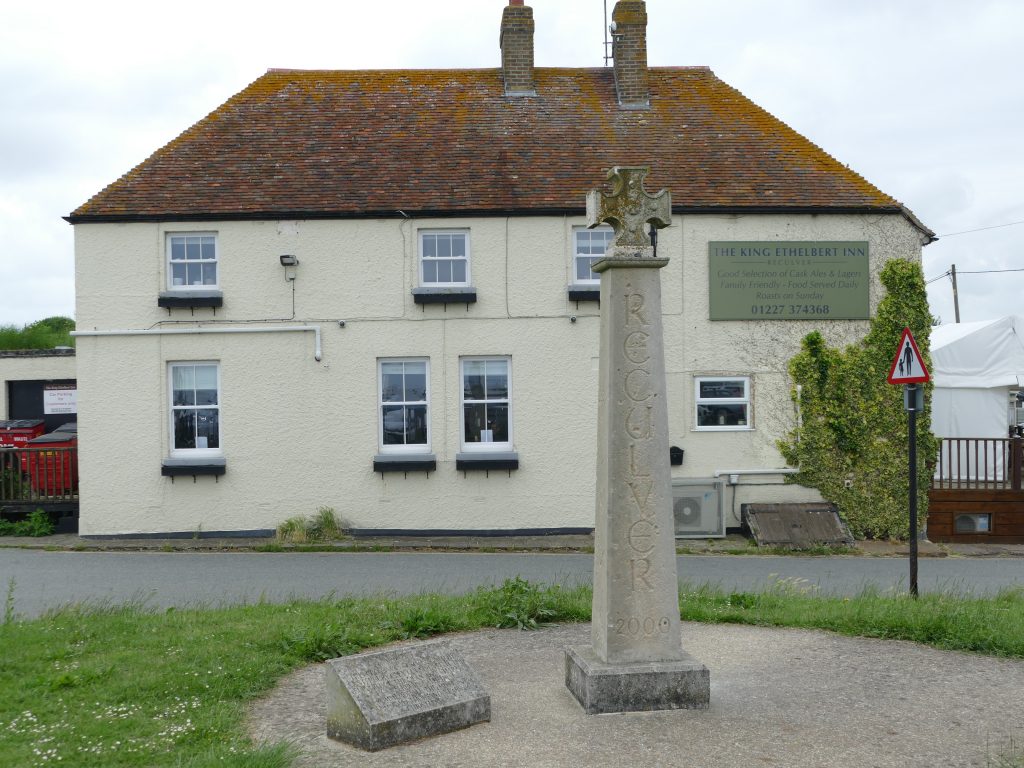 The Millennium Cross was assembled from the various fragments of earlier crosses to commemorate 2 000 years of Christianity.
The Millennium Cross was assembled from the various fragments of earlier crosses to commemorate 2 000 years of Christianity.
Centuries of wind and rain

